Testing the 2GIG SMKT3-345 Smoke and Heat Detector
In this video, Jorge demonstrates how to test a 2GIG SMKT3-345 Smoke and Heat Detector for proper function. The end user should always make sure to put their system on test mode with the central monitoring station before testing a life-safety sensor. This is to avoid causing any costly false alarms.
The 2GIG SMKT3-345 is a smoke and heat detector that alerts a compatible alarm system to a fire. It uses photoelectric technology to detect smoke. Both fixed temperature detection and rate-of-rise detection are used for heat detection. In order to perform a true test, a user will actually need to set off the device using smoke or heat.
If a user just wants to test the device's sounder, LED lights and signal transmitter, then they can simply use the test button on the 2GIG SMKT3-345. The sensor will go into alarm after the user presses and holds the test button for the sensor. But if they want to test for actual smoke and heat detection, then they will need to actually activate the device. This can be done by simulating a fire using appropriate equipment.
Obviously, you don't want to start a fire just to test your smoke detector! You should never intentionally start a fire, as it is very dangerous. Fortunately, there are other ways to test this equipment. For smoke detection, you can purchased canned smoke and spray the smoke into the vents. The smoke will enter the device's chamber and cause an internal light to refract. This will activate the photoelectric smoke detector.
For heat detection, a simple hair dryer will normally do the trick. You should run the hair dryer on its highest setting and point it directly at the 2GIG SMKT3-345 Smoke and Heat Detector. You should hold the hair dryer about six inches away from the sensor when doing this. After a few moments, the sensor should respond to the unusually high temperatures.
Most importantly, never test this sensor without putting your system on test mode first! Failure to follow this principle could result in a very costly false alarm and unnecessary fire dispatch. Remember to test your smoke detectors regularly and replace the batteries when needed.
-
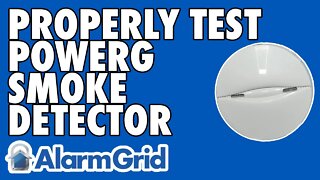 5:22
5:22
Alarm Grid Home Security DIY Videos
4 years agoProperly Testing a PowerG Smoke Detector
53 -
 6:22
6:22
Alarm Grid Home Security DIY Videos
3 years agoUsing the SiXCOMBO for Only Smoke or Only Heat Detection
27 -
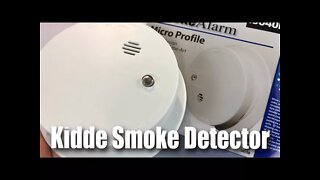 3:36
3:36
Peter von Panda
7 years agoKidde Fire Sentry Battery-Operated Ionization Sensor Compact Smoke Alarm
159 -
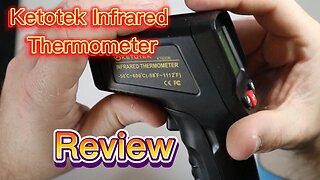 1:40
1:40
Spencer Does Reviews
1 year agoKetotek Infrared Thermometer Review
16 -
 6:46
6:46
EPro - Electric Pro Academy
2 years agoInstalling a Wired Smoke Detector
19 -
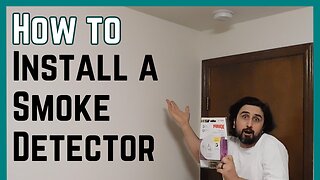 13:02
13:02
CastleRemodel
1 year ago $0.01 earnedHow to Install a Smoke Detector | Two Ways to Install a Smoke Detector
81 -
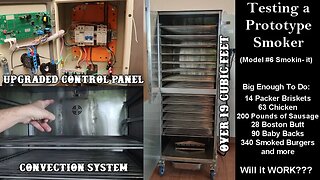 18:42
18:42
2 Guys & A Cooler
10 months agoTesting a Prototype Model 6 Smokin-It Smoker
241 -
 0:24
0:24
Monkeysee
7 years agoNew Smart Smoke Detector
7 -
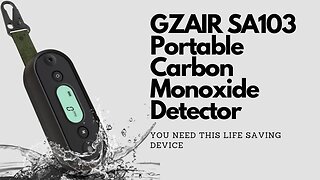 13:25
13:25
MrV_2u
10 months agoGZAIR SA103 Portable Carbon Monoxide Detector Unboxing & Review
7 -
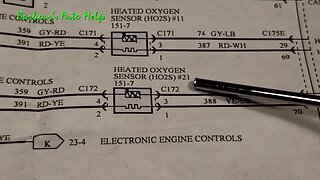 4:33
4:33
Barbour's Auto Help
5 years agoHow to Test Resistance of O2 Sensor Heater
20